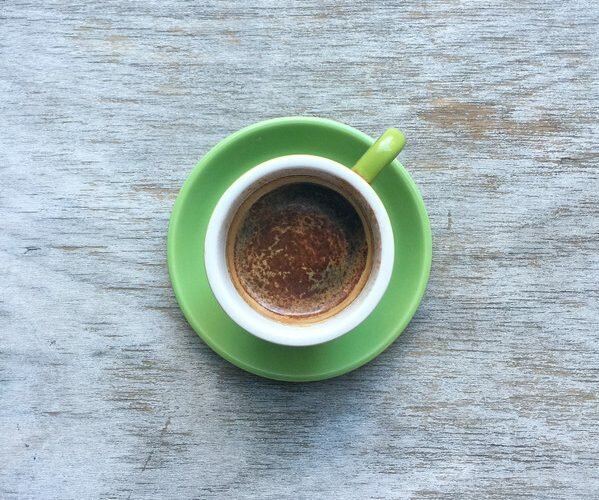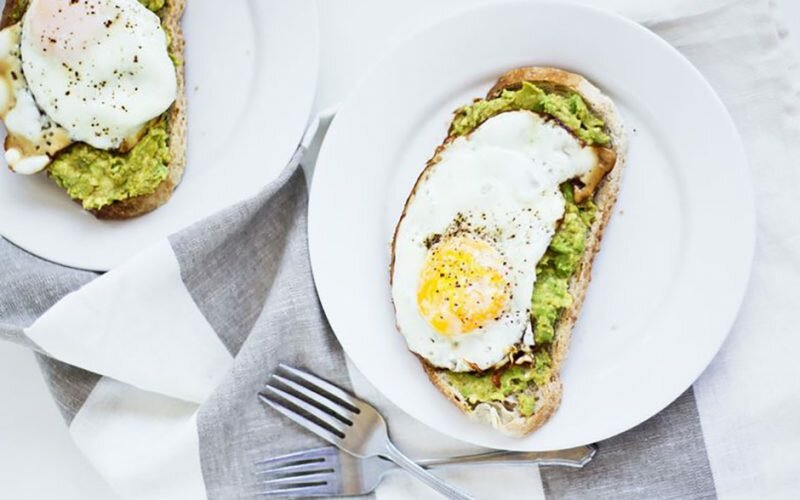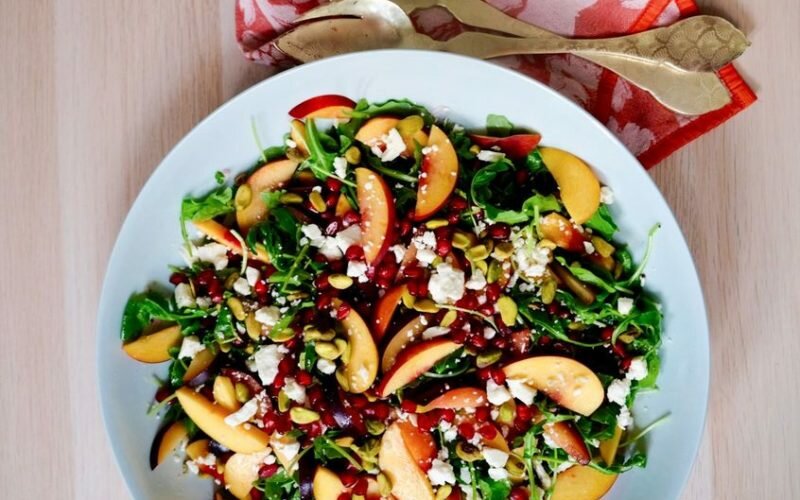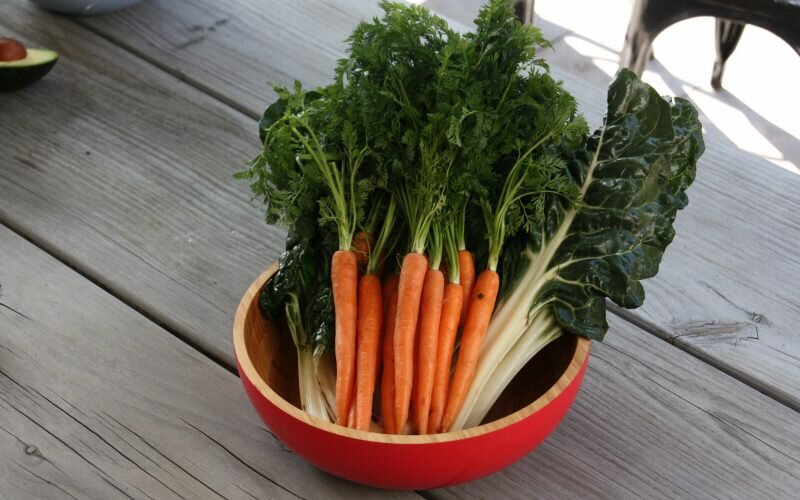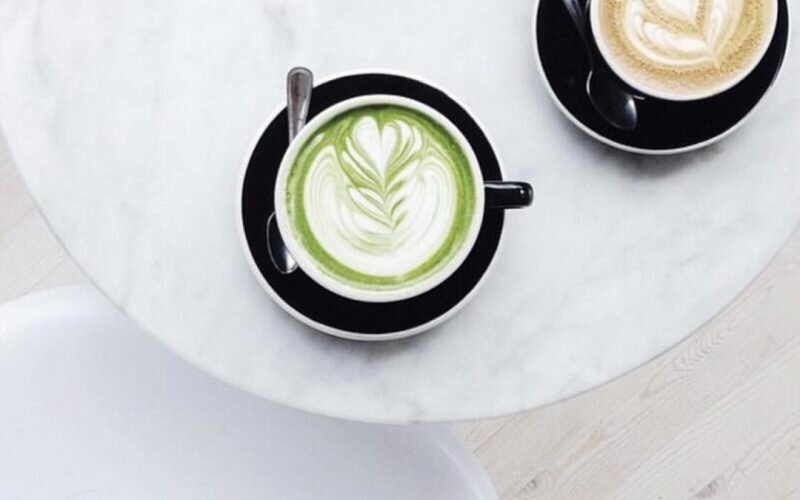Coffee is full of wonderful antioxidants and there is evidence to suggest it can help with type 2 diabetes, Parkinsons and burn fat. But let’s be honest, coffee is a stimulant that the majority of us use to function normally. It over stimulates adrenal glands and if you’re like me, you get withdrawal headaches when you go a few days without it. Now because you and I are reluctant to quit delicious caffeine, let’s at least order the healthiest hot cup possible.
How to Lift Your Coffee Game
You’re Sweet Enough
No sugar. And absolutely no dairy. But you knew that, which is why you like your latte’s with soy or almond milk. However, it is time to say sayonara to soy. Permanently.
The list of potential consequences is getting longer each day. Soy is a phyto-endocrine disruptor which can cause infertility in women, as well as stimulate cancer cell growth. The phytic acid impairs assimilation of magnesium, copper, calcium, iron, zinc and B12. Plus soy consumption is associated with thyroid cancer, pancreatic disease and stunted growth in children. Soy exists in up to 60% of the products you’ll find in the supermarket which is why you absolutely have to remove it from your coffee.
To Milk Or Not To Milk?
The issue is that cafe provided almond milk either tastes like water or is a pasteurised container that may contain carcinogens. Either make your own almond milk for the house or harass your barista with lots of questions. Very few cafes go the extra mile to find serious plant-based milk solutions.
The Healthiest Way To Order Coffee
“Long black with cinnamon please.” Simple. Cinnamon for flavour. Cinnamon for faster metabolism, antioxidants, anti-inflammatories and lower blood sugar. Even the smuggest barista respects this order.
Do I Have To Go Organic?
Actually, not really. Which surprises me. Coffee production is absolutely rife with pesticides but an Australian study into chemical residues showed that very little makes it into your cup. That’s because the bean isn’t exposed directly. The green bean is a seed protected by a fruit. It’s then soaked, fermented, dried, roasted at extreme temperatures, broken apart and then boiled. That immense production is why the chemicals rarely make it though. It’s also why you’re much better getting your antioxidants from vegetables, superfoods and pressed juices. Organic is ideal but we suggest you look for “Fair Trade” or “Sustainable” and ask your barista the story behind the sticker. The hope is that they know the name of the farmer or at least the local region, convincing you that the coffee producer is fairly compensated for their export.
How do you have your coffee? What is healthier than a long black with cinnamon?
Article by James Mcloughlin – Green Press
W: greenpress.co
F: /greenpress
I: /greenpress
